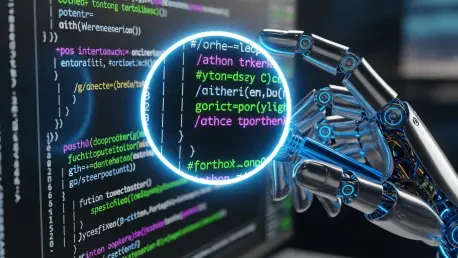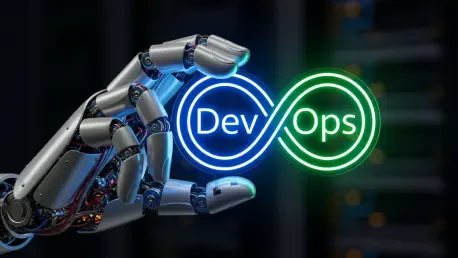
The rapid acceleration of AI-powered code generation has introduced a frustrating paradox for software developers: the very tools designed to speed up their work often create a new, hidden bottleneck in the most critical stage of deployment. As assistants like GitHub Copilot and Cursor write code

The dizzying speed of innovation in artificial intelligence means that a commanding lead can evaporate in a matter of months, forcing even the most dominant players into a defensive posture to protect their hard-won territory. OpenAI, once the undisputed frontrunner, recently found itself in this

The long-standing chasm between the fluid creativity of design mockups and the rigid syntax of code has persistently challenged developers, forcing a cumbersome and often inefficient translation process from visual concept to functional reality. Cursor, an AI-powered code editor, is directly

The era of standalone, single-prompt AI is evolving, giving way to a new paradigm of Agentic AI where autonomous systems can reason, plan, and execute complex, multi-step tasks with unprecedented sophistication. This fundamental shift from monolithic models to intelligent, collaborative agents

In a landscape buzzing with AI announcements, Anand Naidu stands as a voice of seasoned skepticism. With deep expertise in enterprise IT strategy, cloud architecture, and AI infrastructure, he cuts through the keynote theatrics to focus on the long-term financial and operational realities that CIOs

The subtle integration of an autonomous, non-human workforce into core business processes is already underway, operating behind the familiar interfaces of the software that powers modern enterprises. This new workforce, composed of AI agents capable of reasoning, learning, and taking action,